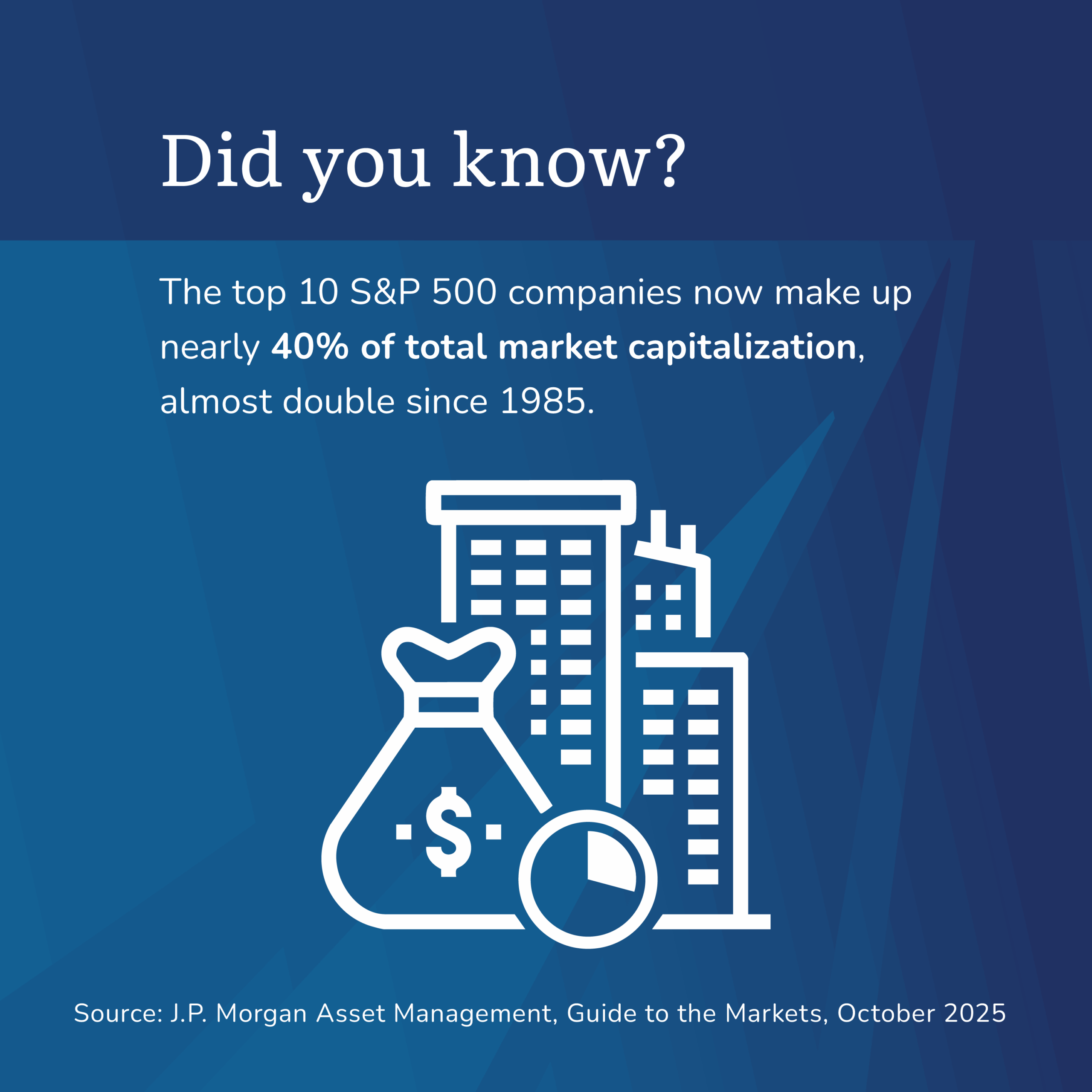SECURE 2.0 Roth Catch-Up Rule: What High Earners Need to Know Before 2026
Beginning January 1, 2026, a key provision of the SECURE Act 2.0 will take effect that reshapes how retirement plan catch-up contributions are handled. Known as the SECURE 2.0 Roth catch-up rule, this change will require anyone age 50 or older who earned more than $145,000 in wages from their employer in the previous year to make all catch-up contributions as Roth contributions.
Originally slated for 2024, the rule was delayed by the IRS to give plan sponsors, administrators, and payroll providers time to prepare. That grace period is ending—and now is the time to prepare.

Understanding the Roth Catch-Up Requirement
How the Rule Changes Current Options
Today, participants age 50 and older can make catch-up contributions as either pre-tax or Roth (if their plan offers both). Starting in 2026, higher earners who cross the $145,000 wage threshold—measured using Social Security wages (Box 3 on the W-2)—will no longer have that choice. Their catch-up contributions must go into the Roth side, meaning they are taxed up front but can be withdrawn tax-free in retirement if qualified.
Who Is Affected by the $145,000 Income Threshold
- Affected: Employees age 50+ with wages above $145,000 in the prior year.
- Not affected: Employees age 50+ with wages under $145,000, who may still choose between pre-tax and Roth (if the plan allows both).
This change represents more than a technical adjustment—it’s a fundamental shift in how high earners fund their retirement accounts.
What Plan Sponsors and Trustees Must Do Now
For plan sponsors and trustees, the SECURE 2.0 Roth catch-up rule has immediate governance implications.
Amending Plan Documents and Adding Roth Features
If your plan does not already offer a Roth feature, sponsors should review and determine if they want to allow Roth payroll deferrals. Otherwise, affected participants will be unable to make catch-up contributions at all. Plan documents will need to be amended so that payroll and recordkeepers must be ready to track and code contributions correctly.
Governance and Fiduciary Considerations
Committees should ensure this issue is documented in compliance and governance records well before the deadline. Waiting until late 2025 to act will be too late if sponsors decide to amend the plan rules.
Payroll and Administrative Challenges Ahead
Administrators and payroll professionals will face some of the steepest challenges under this new rule.
Identifying Eligible Employees Each Year
Because the rule hinges on prior-year wages, payroll must reliably flag employees who exceed the threshold each January. That requires precise data exchange between payroll systems and recordkeepers.
Updating Systems and Communicating Changes
Updated payroll codes, exception-handling procedures for employees changing jobs, and clear employee communications are all essential. Participants approaching or over the threshold will need straightforward explanations of why their catch-ups must be Roth-only beginning in 2026.
Navigating the payroll and administrative changes required by the SECURE 2.0 Roth catch-up rule can feel overwhelming. Our Corporate Advantage Retirement Solutions help employers manage these transitions with confidence—handling compliance, fiduciary responsibilities, and participant education—so you can focus on running your business while your team secures their financial future.
What This Means for Participants Over Age 50
This change isn’t only about administrative complexity—it has real implications for individuals planning for retirement.
The Trade-Off: Higher Taxes Now, Tax-Free Withdrawals Later
If you are age 50 or older and consistently earn above $145,000, you will no longer be able to make pre-tax catch-up contributions beginning in 2026. That means higher taxable income in the year you contribute. But the trade-off is valuable: Roth contributions provide greater tax diversification in retirement, since qualified withdrawals are tax-free.
Why Roth Diversification Matters for Retirement Planning
Tax diversification is a powerful planning tool. By holding both pre-tax and Roth assets, you gain more flexibility to manage your taxable income in retirement. For higher earners who expect to remain in a high tax bracket later in life, this shift could ultimately work in their favor.
Preparing for 2026: Key Takeaways
Here’s how each group can begin preparing today:
Steps for Plan Sponsors
- Add a Roth option to your plan if it doesn’t already exist.
- Amend plan documents and update fiduciary records.
Steps for Administrators
- Update payroll and recordkeeping systems to apply the wage test each year.
- Create processes for employees who change jobs or compensation levels.
- Communicate changes clearly to affected employees.
Steps for Participants
- Review your contribution elections before 2026.
- Adjust withholdings if necessary to account for higher taxable income.
- Revisit your overall retirement strategy to determine how Roth savings fit in.
Final Thoughts
The SECURE 2.0 Roth catch-up rule is simple in concept—high earners must use Roth for catch-up contributions—but complex in execution. Plan sponsors should act now to ensure Roth is available, administrators must refine payroll systems, and participants should prepare for the tax shift and revisit their long-term retirement strategies.
With only a few months before implementation, the time to prepare is now.
Connect with us to review how the SECURE 2.0 Roth catch-up rule may affect your retirement strategy.
Categories
Recent Insights
-

Collaborative Divorce: Navigating Legal and Financial Decisions with Clarity
Divorce can be one of life’s most challenging transitions, affecting both emotional well-being and financial stability. How the process unfolds can influence your future for years to come. Collaborative divorce offers an approach that emphasizes clarity, control, and cooperation. While it may not be right for everyone, it provides a structured path for families who…
-

Giving Back—and Giving Forward: A High-Level Look at Charitable Lead Trusts
For families and individuals who want their wealth to reflect their values, estate planning is about more than numbers—it’s about purpose. Many seek ways to have a lasting philanthropic impact while also ensuring their loved ones are supported for generations. A Charitable Lead Trust (CLT) is one strategy that can help accomplish both. Real-Life Scenarios:…
-

Talk Your Chart | Artificial Intelligence, Global Markets, And What Really Drives Returns | Ep. 73
In Episode 73 of Talk Your Chart, Marcos and Brett begin by diving into the ongoing debate about Artificial Intelligence (AI) and its potential as a market bubble. They explore the real-world implications of AI for the economy, industries, and global markets. Drawing on historical market comparisons, such as Alan Greenspan’s 1996 warning about “irrational…
-

Heads or Tails: Navigating Pet Custody During Divorce
Divorce is rarely easy, and when pets are involved, it can become even more emotionally complex. For many couples, deciding who gets custody of a pet can be as heart-wrenching as dividing financial assets or determining child arrangements. Legally, pets are considered property in most states—but emotionally, they’re often family. That disconnect between law and…
-

A Smart Giving Strategy: How Charitable Remainder Annuity Trusts Turn Generosity into Legacy
Because Giving Shouldn’t Mean Giving Something Up Imagine this: You’ve worked hard, invested wisely, and now you’re thinking about how to share that success—not just with your loved ones, but with the causes and communities that shaped your journey. The question is no longer if you should give. It’s how to give meaningfully—without compromising your…
